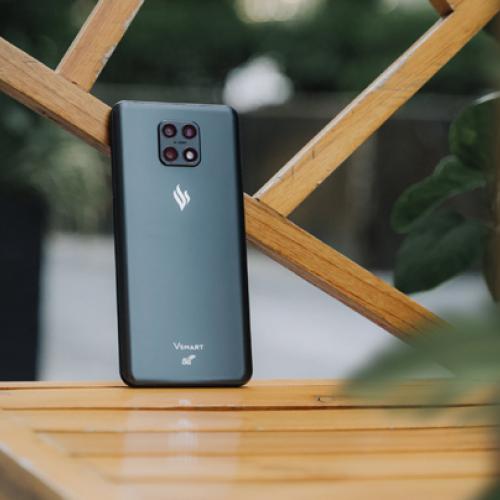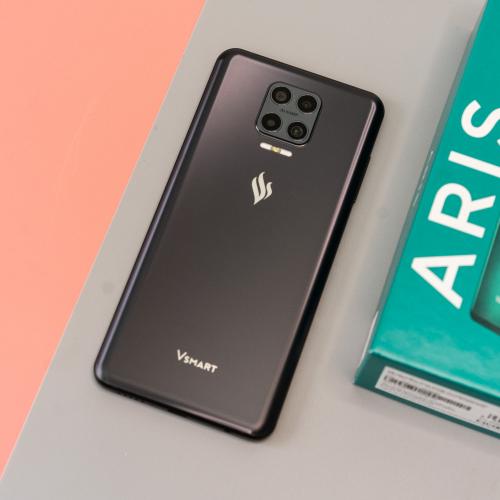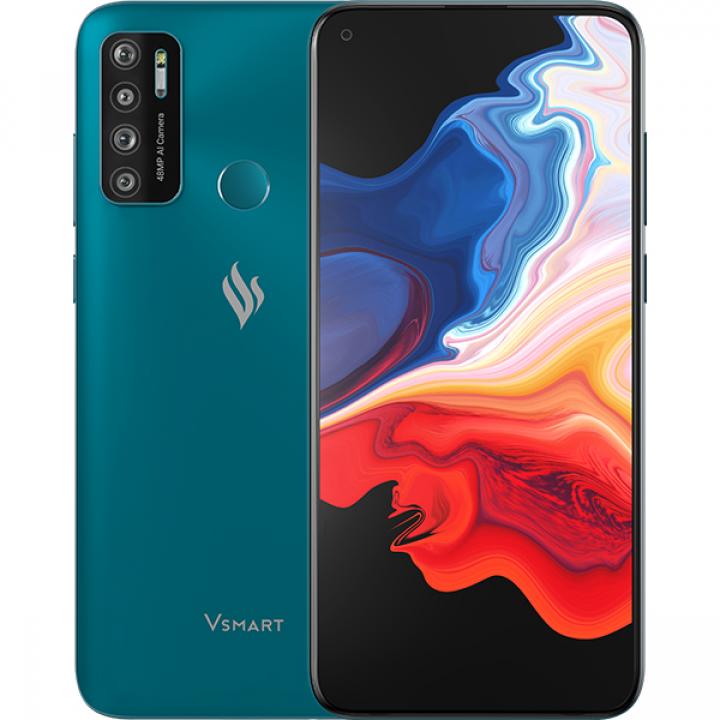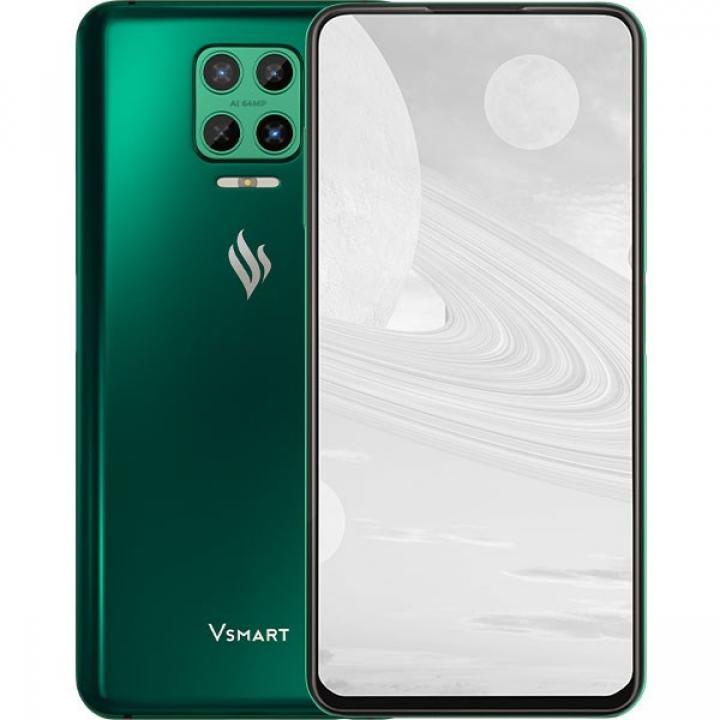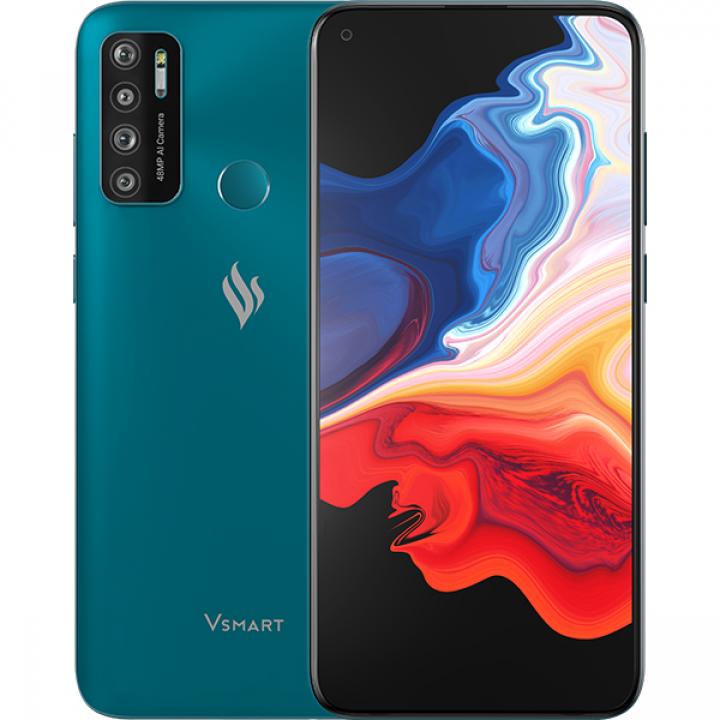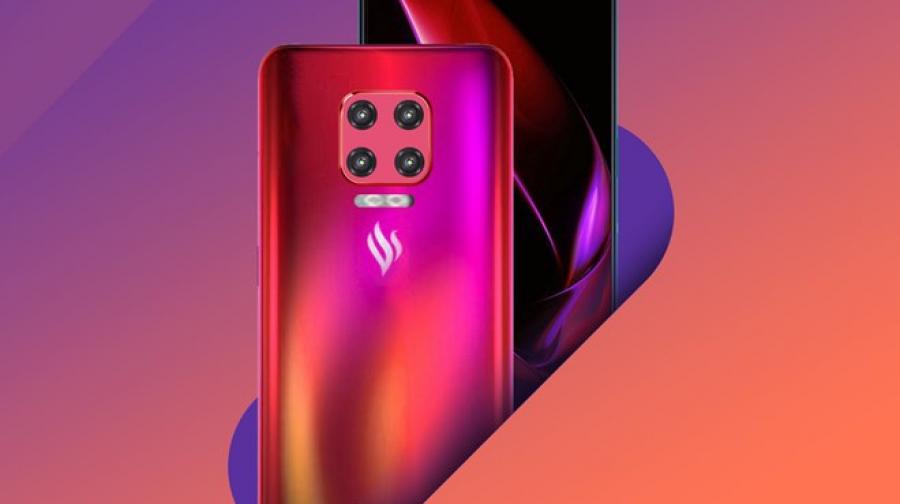Smart home technology can benefit from disassociating from the term smart and focusing more on helpful.
Smart home technology is a term that we have been using for more than a decade. It’s become common place. But, let’s take a look at its meaning. Why smart? Does smart home technology make you feel smart? I would argue in most cases that it’s quite the opposite. The technology can easily become complicated and aggravating.
According to Wikipedia, smart home technology is highly fragmented, has very few accepted standards and many competing vendors. This isn’t painting a very pretty picture. So, where and how should we start to change? Let’s start with the name.
The term smart started to be common when the smart phone gained traction with the introduction of the iPhone in 2007, and from that point the term smart became intrinsically connected with phones.
According to Peter Wadsworth, the innovation and connected home manager at global appliance company Siemens, when consumers thought of smart technology, their knowledge base was limited by what the device in their pocket could do, which should be completely different from the technology that could be offered by a physical space. He believes that the term smart became so connected with the phone that consumers couldn’t think beyond phone technology when they thought about their homes.
So, does that mean we’ve been getting smart home technology wrong? The experts I spoke to definitely think it needs to be reimagined. Especially since we’re at a tipping point when smart home technology is becoming ubiquitous. Nearly every home in design or construction today will have elements of technology that are integrated into every aspect of the resident’s experience.
In order to rethink the smart appliance, Wadsworth approached the closed minded mentality of smart home from a new perspective. He stripped away what he calls the bounded rationality mindset of the term smart home. He did that by asking consumers to imagine how a home or a home appliance could be more helpful, eliminating the term smart. Just changing the term opened up imagination and creativity for much more interesting responses, driving to better use cases for appliances.
For instance, his new question helped consumers envision an appliance that can decipher the hieroglyphics on clothing labels and adjust the washing machine to the proper settings.
“We know that people just use auto 30 on all loads,” said Wadsworth. “People buy these 1,000 pound pieces of technology and only use one setting. One thing that might be more helpful, is if you could go on the app, say I’m washing t-shirts and it chooses the right setting for you. With smart home technology, you are unifying the user interface. You are making these things more accessible. It’s the same menu, it’s the same way of getting to the options, but allows you to surface the options, like speed programs and energy programs.”
Another way that Wadsworth is making appliances more helpful is a new service the company launched called CKBK.com, that is a monthly subscription offering access to recipes that connect to the appliances. On the site are thousands of recipes from world-renowned chefs. If a recipe is part of Home Connect, as the user is executing the recipe, they also can interact with it.
The instruction “preheat the oven” is a clickable link. When you click that, the oven kicks on. It also will follow the recipe and adjust to any subtleties, such as changing the temperature mid-way through cooking time.
Rachel Earley, service and interaction lead at global research firm Accenture’s. The Dock and co-author of the report ‘Putting the Human First in the Future Home,’ agrees that the mentality has to change. The report looked at responses from 6,000 consumers in 13 difference countries around the world to help explain the different attitudes people have towards their homes.
“When it comes to the home, companies have taken a product-focused approach rather than a human-centric approach and as a result, they don't fully understand who their customer is and what they want,” Earley says. “Their focus is on the products that they can build and distribute rather than what will create real value for consumers.”
The research led to the concept of ‘home as an attitude,’ which requires understanding how people relate to their home during all life stages, assessing what home means to them, how technology influences their lives, how they use their space, and the impact this has on their relationships and identity. This approach also tackles the complex emotional motivations that are rooted in the home.
While there are emotional motivations in the home, the talk of smart tech also triggered emotional responses, exposing tension and showing that although devices might make us more connected, at the same time they isolate us.
“Our research respondents universally describe home as a place of comfort, safety and being in control,” said Earley. “With that in mind, re-imagining product design and marketing to reflect those emotional nuances is likely to be more impactful.”
Respondents struggled with the quantity of new things to manage and control with technology, while what they want is the ability to relinquish control and have convenience that benefits them.
“Smart home has a big ambition and it’s really frustrating,” Earley added. “We want our smart devices all to speak to each other from our office, to car to home.”
Switching from smart to helpful or looking at home as an attitude might be an easier proposition when you aren’t designing or building homes. Builders and developers have a lot to consider to create a seamless, comfortable and safe experience for the resident.
Cracking the code
Walt Zerbe, the senior director of technology and standards at home technology integration association CEDIA, agrees that smart home is a terrible term, but it continues to be used because it has been accepted. Zerbe says that what smart home is really trying to communicate is connected home.
Right now, builders, and consumers alike, are faced with the paradox of choice because there are too many decisions, with more than 50 ways to execute the same technology solution.
Matt Howland, president at home builder Dvele, uses a whole slew of terms to define the company’s approach and the user’s experience in one of its homes—serendipitous, controllable, intelligent, private—and has the same dislike for the term smart.
“Smart homes don’t learn,” Howland says. “Smart has come to mean commandeered voice control. It takes inputs and does something with those inputs. Yet, if it was smart, it would actually evolve and get better.”
Howland is leading Dvele to make the home more software defined, so that it can learn and change. The company’s homes have 300 real time data points, and much like Tesla, will be able to track that information, to have a two-way conversation, making improvements along the way.
The solutions will not only make residents comfortable, but will protect their well-being, by comparing indoor and outdoor air to decide when to cycle air. The home also will check ambient temperature and heart rate while the resident is sleeping to gauge how it is impacting the CO2 levels of the home, triggering the HVAC when and if needed.
Marrying smart and sustainable
Multifamily is in a completely different realm, with longer lead times and more technology installation challenges. However, Jeffrey Kok, the chief innovation officer and chief information officer at Mill Creek Residential, a national multifamily builder and developer, is driving innovation in the company’s projects.
He also has changed the company’s perspective on smart technology, which he defines as creating a connected environment and experience for the resident.
“We’ve changed the messaging around it to be smart and sustainable solutions because we’re focused on the whole building,” Kok said. “We’re looking at a resident experience from guest entry, to entry to their unit, and then control over the unit. The reason we added sustainable in there, was because as an owner/operator there are only a few things that are vital.”
The vital elements can be grouped in three categories. First, is the thermostat, because it drives energy performance, which can lower carbon emissions. Second, is access control with clean touchless solutions, so it is a wellness solution. Third, is leak detection, which residents don’t care about up front, but certainly care if there is an issue and they have to move out.
Mill Creek is expanding more into this smart, sustainable space with water monitoring solutions that feed data to the residents on how much water they use, along with tips to reduce water usage. Another smart, sustainable solution Kok’s projects have relates to the indoor air quality and provides residents with the visibility to the amount of VOCs in the air.
A peek Into the future
Where are we headed in the future? Some see that we’ll want to disconnect, so there will be rooms in the home that block wireless, giving residents a place to disconnect.
Zerbe goes on to list personalization, wearables, getting rid of subscription models, and more wellness and biophilia as the future direction of home technology. He also mentioned the company, Linksys, that can use WiFi to detect disturbances in the home, which will evolve into wellness solutions, in addition to security.
“In the future, people will pay for simplicity, so they don’t have to worry about software updates,” Zerbe says. “Plus, right now things are proprietary and they don’t talk nicely together, so the other thing that you will see will be unified standards, which are being created now with big tech companies like Google, Amazon, and Apple.”
Currently Kok is directing Mill Creek to include neutral host networks in all projects so that they are capable of connecting to 5G, so residents can use plug and play 5G devices when it is ready for indoor use. Oh, and he’s renting the roof space to the 5G providers as a revenue stream.
He’s also looking at drone delivery locations, along with programs to let residents opt in to let the utility control their thermostats, which will save money by controlling energy during peak demand and offer residents credits and pay backs.
As builders and developers evolve their thinking about home technology, so do residents, especially now that it has become necessary to function with school and work from home, and the critical need to stay healthy.
So, that’s where the future is - helpful and valuable to our health and wellbeing. Cheers!
Jennifer Castenson
Forbes.com


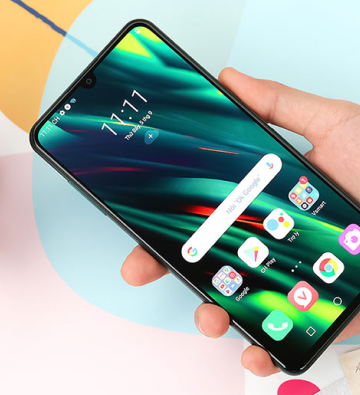
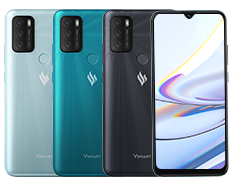
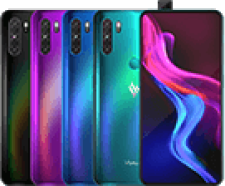




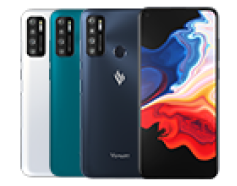
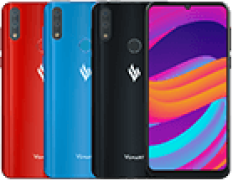

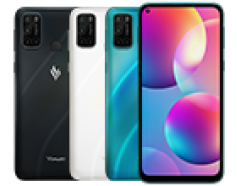
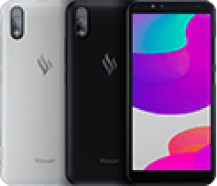

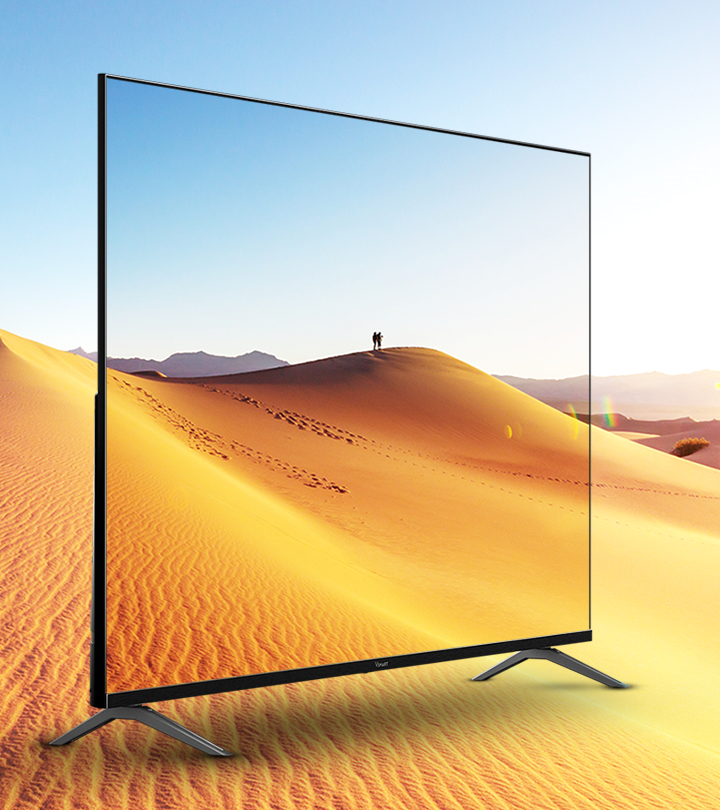
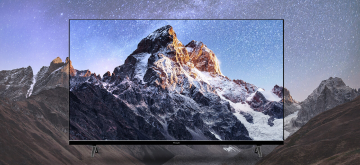
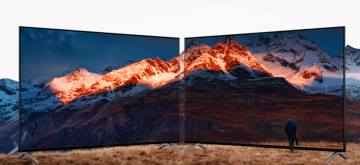
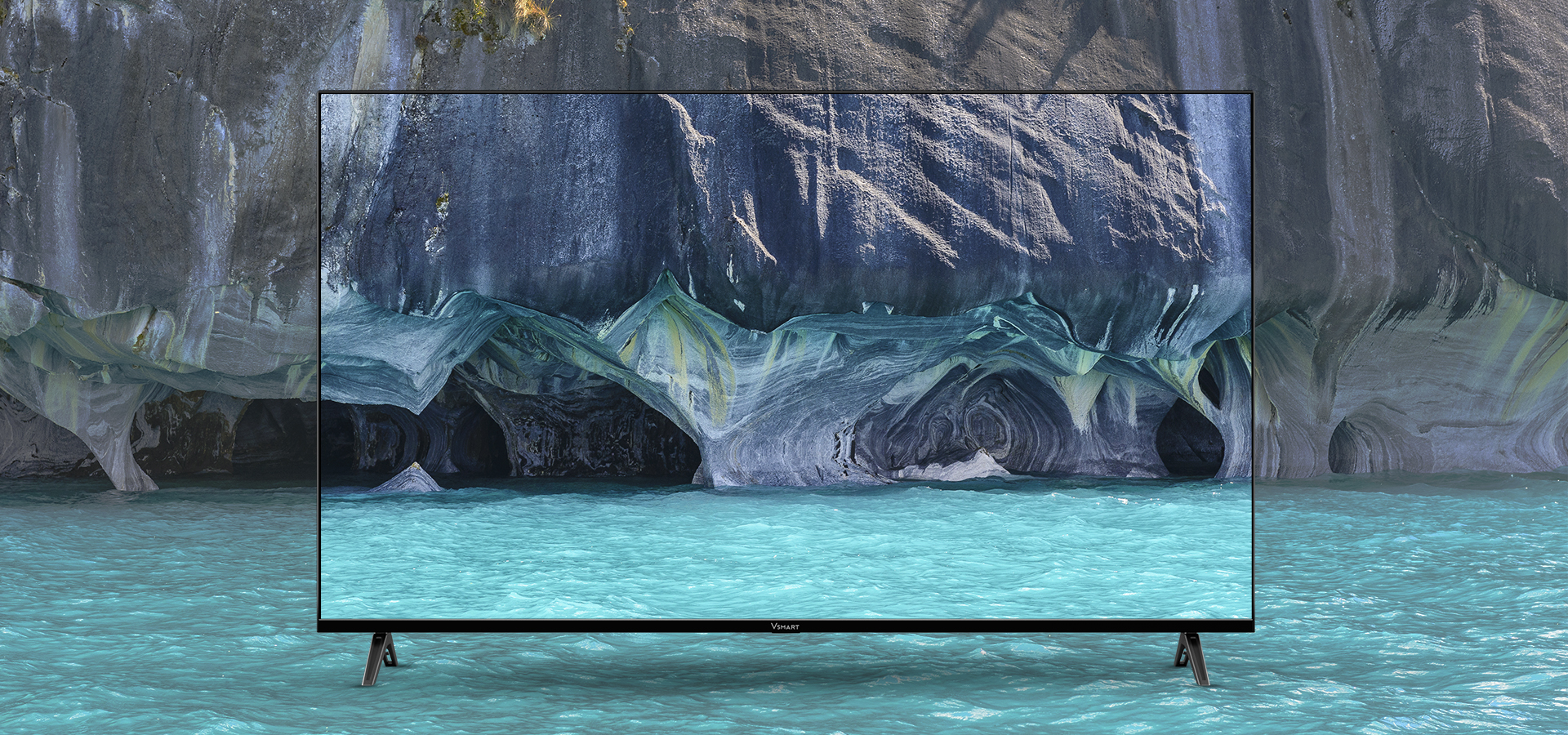
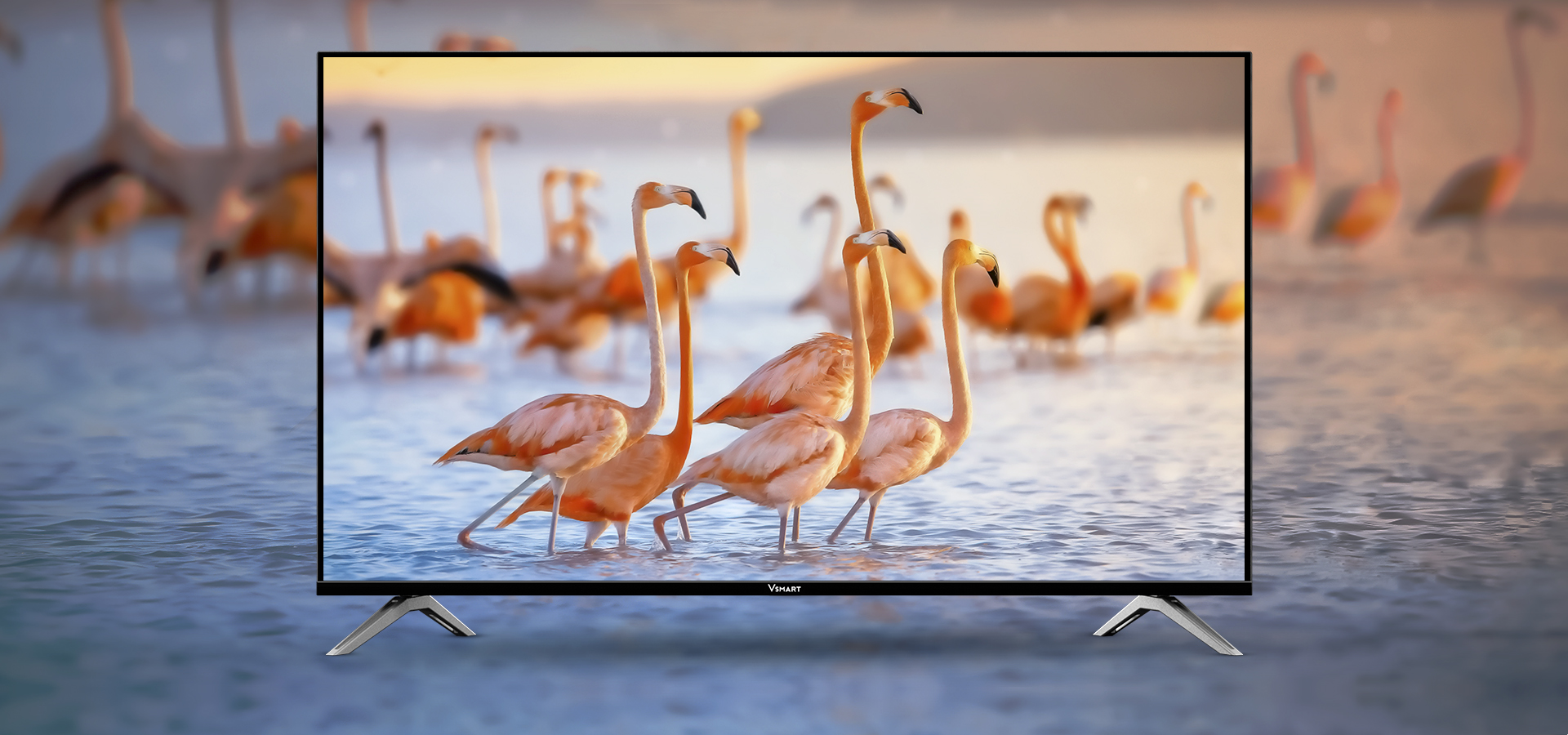


 08.01.2021
08.01.2021
 v.dangptb
v.dangptb

